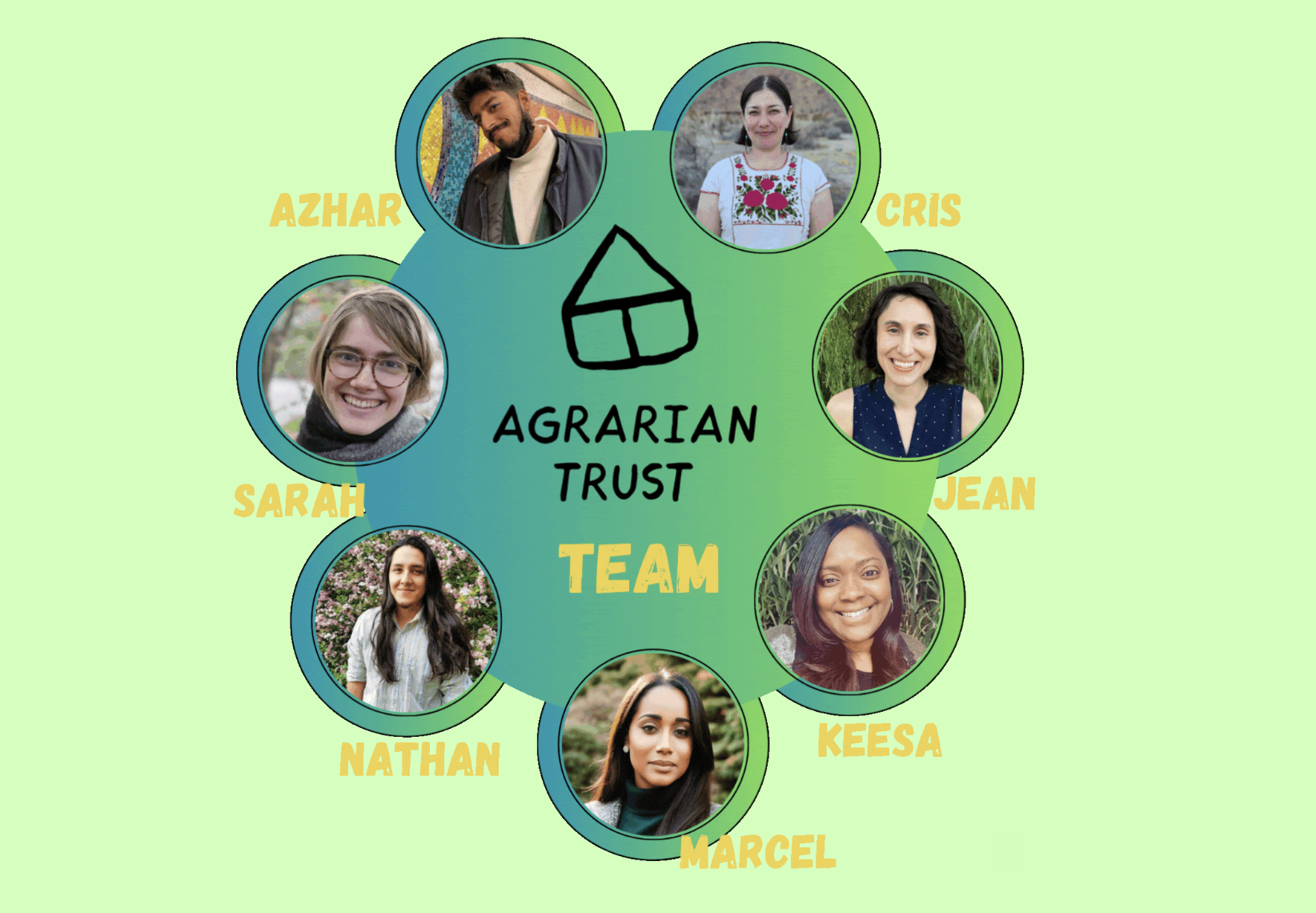From Brewster Kahle:
Purchasing the first “Foundation House”– Debt-Free Housing Experiment is Starting!
We are purchasing the first apartment building to be a “Foundation House” in San Francisco! (More details on the building). This is a form of Endowment for non-profits in the form of usable housing and real estate investment rather than putting money in an investment fund. This blog has argued that this can provide better return over the long term and also provide a stable infrastructure for non-profit workers that can sometimes be priced out of living near their workplace. Just one of the 11 apartments in this building could be a $23,000 per year benefit to non-profit workers.
Now we are about to launch it! This post will go over the current idea.
Foundation House Structure
A separate non-profit, the Kahle-Austin Foundation House, will own the apartment building, and have 2 types of occupiers:
- Market-based rental that are normal San Francisco folks, in fact the contemplated property is almost full already and they will just be normal residents.
- Cost-based licensees at roughly 30% of market-rent that will be full time employees of the Internet Archive and other select non-profits that will have most of the use of an apartment, but must do other functions to maintain the building, and share the unit as need arises.
The license cost is set by taking all non-finance costs of running the building and dividing it pro-rata over the units. Thus if all of the units are licensed at cost, then the building pays for itself, including building a reserve fund for maintenance. There are no debt-costs in this calculation, therefore the lower costs reflect a debt-free house. If there are market-based renters, then this extra money goes to pay for a mortgage or just accumulate in the non-profit so it will be used for charitable purposes such as buying more Foundation Houses.
To ensure that the building stays debt-free, beyond an initial mortgage (if any), there will be a covenant on the building and a provision that the building not be sold or borrowed against. If this covenant is broken then a separate organization gets the house. This idea is so strict as to take away any incentive for the owner of the building to sell the property or take money out via a loan. Once the house is paid off (and it might be paid off by an initial generous donation), then this is to be a debt-free house and reflect the lower cost to the non-profits it benefits. This is the whole point– we are trying to ensure it happens for a long time.
If the original donation does not pay off the house completely then it will have a mortgage. This can be paid off by keeping market-based renters in the units for as long as it takes. By historical calculations a fixed based mortgage can be paid off by the gradually rising market-based rents in about 12-15 years. But at some point the house will be debt free and can stay that way forever.
Non-Profits are listed as Beneficiaries
Non-profits would offer lower cost housing to full-time employees to aid in attracting and keeping the best people over long periods of time. We hope that the non-profits will also benefit by being able to lower employee costs because of this benefit.
A set of non-profits are listed by the original funders of the Foundation House (and this can be changed in some way that is not figured out). In this case the Internet Archive will be the beneficiary. When an apartment unit becomes available, the non-profits may propose employees that are interested. The Foundation House selects the most appropriate to fit into and help the house, and if none are put forward or none are appropriate for whatever reason, then the Foundation House can elect to find market-based renters.
Non-profit employees get lower cost housing
Licensees are different from normal renters because it is tied to their employment,–they help with the upkeep of the property, and it is not exclusively theirs to use. So this is a bit odd, and may not be for everyone. But because it only costs 1/3 of the normal market price, it could be a very welcome benefit. We imagine that even after someone leaves the non-profit, then there is a transition period to help the former employee.
In the case of the building we are buying, it is in a great neighborhood of San Francisco and easy walking distance from the Internet Archive headquarters. By being so close, an employee might not use or even have a car which could be an additional yearly savings of seven thousand dollars.
If the difference between Market based and cost based fees are $1,500 per month, then the reduced cost to the employee could be $18,000 of after tax money, or about $23,000 gross savings per year before figuring on transportation advantages.
Original Donor
The value to a donor is to put a stable foundation under some non-profits so that they can focus on their mission rather than fundraising as much. Against the ups and downs of investments and the unpredictability of funding cycles this Foundation House would be a concrete value to the non-profits. As long as there are employees there will be need for housing, and if the non-profits do not want to use the properties, then new ones could be selected or it could just accumulate money to be used to aid those non-profits financially or build more Foundation Houses. In this way the value is never worse that a real estate investment, but could be much more valuable as stable long term housing for employees that have dedicated themselves to service.
Personally, I want to help several non-profits, but I worry about the debts that some are putting on themselves because this can be destabilizing in a downturn. Further, I am not that excited about having the endowment go into a big investment fund that is managed by people I don’t want to pay and often they invest in many ventures and companies I do not want to be a part of. Therefore, investing in housing that has no middle-man and is something that theoretically will keep aiding good works for decades or centuries, I feel very comfortable with this approach.
Let the experiment begin!





